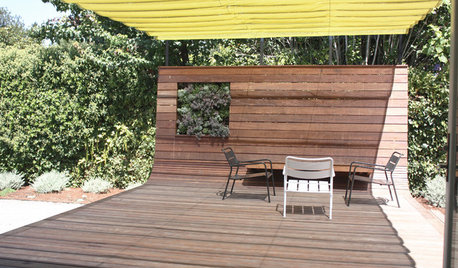Question about Ficus - Rubber Tree
sharbear50
12 years ago
Featured Answer
Sort by:Oldest
Comments (12)
tapla (mid-Michigan, USDA z5b-6a)
12 years agoaveo5
12 years agoRelated Professionals
Baltimore Landscape Architects & Landscape Designers · Lakewood Landscape Architects & Landscape Designers · Concord Landscape Contractors · Berkeley Heights Landscape Contractors · Fort Atkinson Landscape Contractors · Framingham Landscape Contractors · Gaithersburg Landscape Contractors · Merced Landscape Contractors · New Baltimore Landscape Contractors · Panama City Beach Landscape Contractors · Secaucus Landscape Contractors · Waldorf Landscape Contractors · Wheat Ridge Landscape Contractors · Whitehall Landscape Contractors · Ferguson Landscape Contractorsaveo5
12 years agotapla (mid-Michigan, USDA z5b-6a)
12 years agosharbear50
12 years agotapla (mid-Michigan, USDA z5b-6a)
12 years agolethal63
8 years agotapla (mid-Michigan, USDA z5b-6a)
8 years agoScotty
2 years agolast modified: 2 years agotapla (mid-Michigan, USDA z5b-6a)
2 years agolast modified: 2 years agoScotty
2 years ago
Related Stories

GARDENING GUIDESNew Ways to Think About All That Mulch in the Garden
Before you go making a mountain out of a mulch hill, learn the facts about what your plants and soil really want
Full Story
DECKSA Family-Friendly California Yard Wises Up About Water
Pavers and unthirsty plants replace Kentucky bluegrass in a Menlo Park landscape for a family of 4
Full Story
MOST POPULARWhat to Know About Adding a Deck
Want to increase your living space outside? Learn the requirements, costs and other considerations for building a deck
Full Story
TREESHow to Use Trees Inside
Bring nature close by integrating the beauty of trunks and trees — even smaller leafy trees — into your home
Full Story
GARDENING GUIDES5 Best-Behaved Trees to Grace a Patio
Big enough for shade but small enough for easy care, these amiable trees mind their manners in a modest outdoor space
Full Story
FARM YOUR YARDIf You Have Room for Only One Fruit Tree ...
Juice up a small garden with one of these easier-care or worth-the-effort fruit trees for a mild climate
Full Story
FLOORS6 Alternative Flooring Ideas to Kick Up Your Style
Rubber, cork, concrete and other materials are worthy options in lieu of hardwood or tile
Full Story
FLOORSIs Radiant Heating or Cooling Right for You?
Questions to ask before you go for one of these temperature systems in your floors or walls (yes, walls)
Full Story
MOST POPULARHouzzers Deck the Halls
From traditional to quirky to innovative, readers show their Christmas tree style
Full Story
CONTAINER GARDENSContainer Garden Basics: How and When to Water Potted Plants
Confused about soil moisture, the best time to water and what watering device to use? This guide can help
Full Story








tapla (mid-Michigan, USDA z5b-6a)